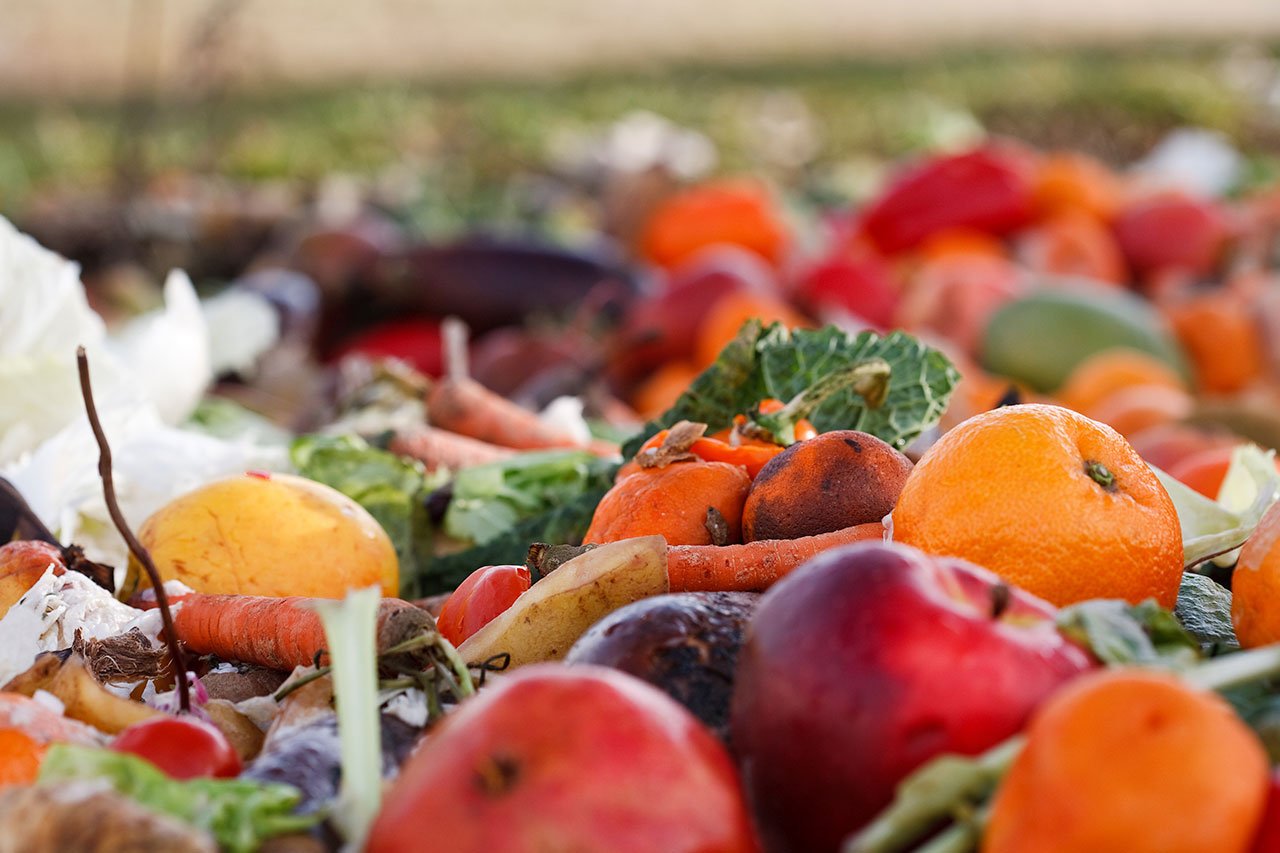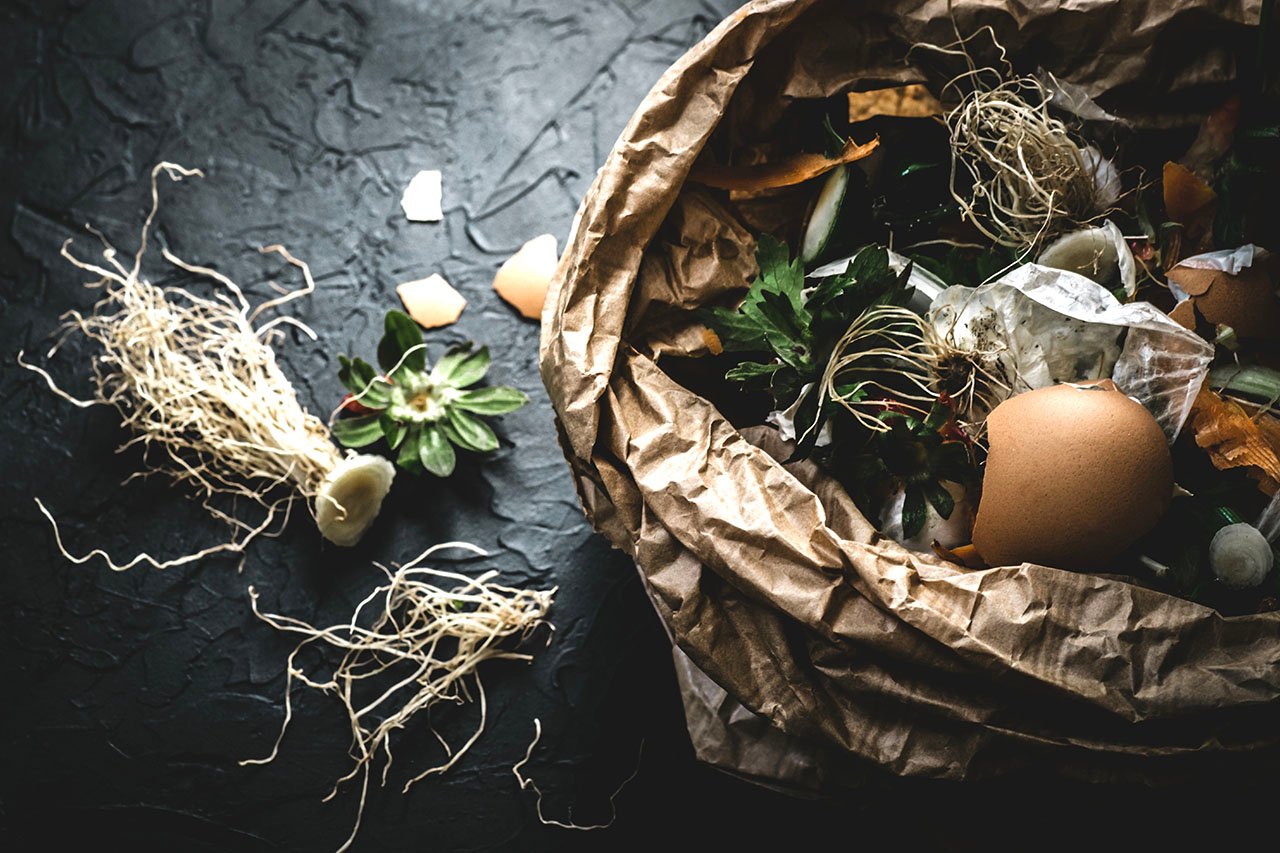Many people tend to quantify food waste in terms of money lost, rather than taking a step back to consider the detrimental environmental impact of what each household discards on a weekly basis. While it’s convenient to point fingers at the supermarkets and the restaurants at large, the fact is that a great deal can be done on a personal level to alleviate this growing global concern.
From streamlining what we purchase, and in what volume, to taking steps to use more of the ingredients at our disposal, individual families can play an active role in reducing what remains uneaten, or worse, unopened. Minimizing food waste begins at home, as we make shopping lists, plan dinner menus, and negotiate the shelf life of what qualifies as leftovers.
Create a List
It may sound simple, and on the surface, it is. By making a list of the items you intend to purchase—those you actually need—you are able to establish a visual of exactly how much you’ll be stockpiling in your cart. Whether shopping for a few days, a week, maybe longer, taking into account how many meals are needed for what number of people helps to establish an accountability that would otherwise be lacking.
Similarly, when buying produce, it’s important to not discriminate against those “less attractive” specimens. Most food is destined to be chopped up, sautéed, simmered, baked or otherwise transformed into a dish that will lose nothing in the savory department due to a few dents and bruises. The more you can utilize, the better, and many online recipes can help steer you in the right direction when it comes to maximizing ingredients.
Set the Menu
In addition to mapping out your shopping excursion, creating a meal schedule is helpful in determining what products you will need, and in what quantity. This accomplishes two goals: creating a variety-filled menu over the course of the week—or whatever the designated time frame may be—and delegating ingredients to each course to ensure as much as possible is consumed.
As many perishable items tend to lose their freshness over the course of several days, it’s advisable to limit your grocery shopping to one week at a time to cut down on the potential for spoilage. Packaged items can be purchased in greater quantities for more advance meal planning, but overall, five to seven meals per week is more than enough for any single shopping list.
Limit the Leftovers
Of course, even the best planning can lead to some overflow, and this isn’t necessarily a bad thing. Leftovers make for great lunches, or even a healthy snack after school. When storing the remnants of your home-cooked meal, however, take care to note the shelf life. Most culinary creations, surprisingly, wear out their welcome over the course of three to five days, perhaps a bit longer if frozen.
While the “sell by date” on certain refrigerated dairy products, eggs, cold cuts and packaged salad mixes is designed as a strict guideline for stores, this is not to be misread as the “consume by date” for customers. Most can be safely eaten for several days to a week following, but not longer. Ultimately, there is no substitute for using your own judgement when determining if a particular dish—or ingredient—has passed expiration.
We Can All Make a Difference
By adhering to these guidelines at home, we can each do our part to curb the unnecessary—and excessive—wasting of food. While this may not solve the worldwide problem in one fell swoop, taking any measures to be more conscientious and owning responsibility for the respective roles we all play in this issue, is a step in the right direction.
These efforts, coupled with those of companies such as American Organic Energy—currently in the process of developing a cutting-edge anaerobic digester designed to transform the manner in which food waste is disposed of—can go a long way in helping to make the world a cleaner, healthier place for us all to live.
For more information on AOE, and to become a partner in their global effort to convert organic materials into renewable energy, clean water and compost, contact us, today.








